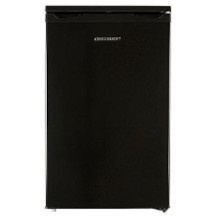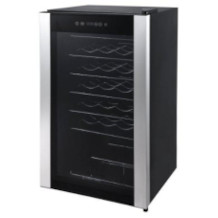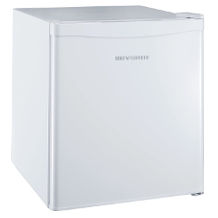Freezer purchasing advice: how to choose the right product
- What You Need to Know
- A freezer is a household appliance that is used to freeze food and pre-cooked meals. Pre-frozen foods are also stored in the freezer.
- The cold interior of a freezer ensures that the contents are kept at a constant temperature. The temperature can be adjusted during the freezing process.
- Freezers come in many different types. Factors like the size of the household and the available space play a role in choosing a freezer.
- Compared to the freezer compartment of the fridge, a freezer is much more powerful. Freezers can even be a worthwhile purchase for smaller households. It’s important to think about the freezer’s capacity, energy efficiency class, functionality, and price before making the decision to buy.
What Is a Freezer and What Does It Do?
A freezer is a household appliance that is suitable for storing frozen food and for freezing. Some models are about the size of a cupboard, while chest-height freezers are also common. The temperature of the device’s interior should remain below 0 °C. There are two main methods responsible for generating such low temperatures: compression and absorption. Both methods work according to scientific principles and make use of special refrigerants.
Buying a freezer or any other freezing appliance is worth it for anyone looking to freeze food, make ice cubes, or store frozen food. A freezer would be recommended to anyone who doesn’t have enough space in the freezer compartment of their fridge or to those who don’t have a freezer compartment at all. Freezers are especially useful for long-term storage and stock keeping. Single households can also benefit from having the option to freeze and store frozen foods. People who regularly grow and harvest their own fruit and vegetables from their garden will also find good use for a freezer or a chest freezer.
A Glance into the Past: Storing Food at Low Temperatures, Then and Now
Not that long ago, having a fridge was considered a luxury. At the start of the previous century, while household technology was still in its infancy, anyone looking to preserve perishable food and store it for a long time had to rely on canning or drying. The first fridges allowed households to store meat, sausages, and dairy products long into the warmer months of the year. Chest freezers hitting the market was considered a technological breakthrough. Now, anyone could freeze food themselves and, as a result, the production and sale of frozen goods became more and more prevalent. Despite some doubting voices, the positives of freezing food greatly outweigh the negatives. Vegetables, for example, go from the field straight to the freezing process, helping to largely preserve their vitamins and nutrients. A freezer of any type is a sensible purchase for most households. It makes stocking easy, while the harvest from your own garden can be easily frozen and saved for winter. Kids look forward to a steady supply of ice cream, while college students are known to survive critical phases on frozen pizza alone. For single households, it pays to cook large quantities and freeze them in portions. Overall, a freezer is a smart investment for every household.
Freezer Models: An Overview
Freezers come in several types and designs. For a long time, chest freezers were the most common option. This was until smaller freezer models took over. They are most common as stand-alone models but can also be integrated into fitted kitchens. Freezers of various sizes are available to be installed as part of a kitchen unit. Free-standing units up to 90 cm tall are also called table-top freezers.
In combined devices, either the upper or lower part serves as a fridge. Such fridge freezers are available as free-standing units or to be integrated into a fitted kitchen. Mini freezers are an especially short type of freezer.
It’s difficult to give a generic recommendation for a freezer given that the decision to buy depends on the available space, preference for a built-in, or free-standing device, or any further individual requirements. Each option comes with its own set of benefits and drawbacks.
The Free-Standing Freezer
A free-standing freezer can be situated in the kitchen, the basement, the pantry, or any other dry room in which it fits. It generally has a single door, behind which are compartments with removable drawers. The interior is made of either plastic or metal. Freezers are user friendly and their compartmentalizationensures neat and clear storage options. Free-standing freezers are available in several sizes. Their dimensions range from 50 to 70 cm in width to around 60 cm in depth. Their height can vary. The decision to buy a taller model would provide you with a larger capacity whilst taking up the same floor space as a smaller model.
Advantages
- Simple and easy to handle
- Available in different sizes
- Variety of designs available
Disadvantages
- Expensive
- Higher electricity costs than a chest freezer
The Built-In Freezer
A built-in freezer can be fully integrated into the kitchen unit. It can be installed into the kitchen unit, as well as above or below a fridge or cupboard. The door can be matched to the kitchen’s existing decor. Built-in freezers are available in different sizes, meaning that the choice to buy should be based on the size of the kitchen and household.
Advantages
- Uniform look
- Available in different sizes
Disadvantages
- Impractical if in need of replacement or repair
- Difficult to repair
The Fridge Freezer
Fridge freezers are available as free-standing or built-in units. It’s up to the customer to decide whether the fridge and freezer sections should have the same capacity or whether a different division of space is preferable. Usually, it’s considered more practical if the freezer is in the lower part and the fridge in the upper part. If this is the case, however, the freezer compartment is likely to have a smaller capacity.
Be Aware
Although many fridge freezers have two doors, they share a single electrical circuit and compressor. With cheap devices, it is sometimes not possible to adjust the temperature separately.
Free-standing fridge freezers are available in a number of designs. Whether in white or stainless steel; in jazzy colors or with a retro look – free-standing fridge freezers can be both a practical and aesthetically pleasing addition to your kitchen.
Fridge freezers can also be integrated into fitted kitchens. The doors can be clad in the same decor as the kitchen cabinets, creating a harmonious and uniform look. A separate fridge and freezer are also common as built-in options. They’re also often found stacked on top of each other in modern built-in kitchens.
Advantages
- Don’t take up much space
- Good designs options available for free-standing fridge freezers
- Ideal for households that want both a fridge and a freezer
Disadvantages
- More expensive if one of the two sections break down
The Chest Freezer
Chest freezers come in different sizes and require less energy than standard freezers. That said, electricity consumption depends on the device’s energy efficiency class. Chest freezers are generally considered less practical as they can only be filled from above. Taking frozen food from the bottom involves awkwardly bending over, although modern chest freezers are equipped with baskets, allowing them to be filled more comfortably. The individual baskets create visual clarity and make it easier to grab what you want. Due to their large dimensions, chest freezers are less suited for kitchens. They are better for the basement, pantry, or storage room.
Advantages
- Large capacity
- Low energy consumption
Disadvantages
- More space required
- Impractical withdrawal and loading
- Hard to organize
How Does a Freezer Stay Cold?
Freezers are complicated appliances, but the way in which they operate is no secret. A process of evaporation is responsible for generating their cold temperatures. It’s a simple process in physics that when a liquid evaporates, cold temperatures are created. The refrigerant used in freezers evaporates at -30 °C . If additional pressure is exerted, it evaporates at higher temperatures.
The liquid that is necessary to generate these low temperatures is a special refrigerant. The refrigerant is able to regulate the temperature of the frozen food from inside the fridge. To do this, the refrigerant has to run through a continuous cycle. Firstly, it absorbs heat in the evaporator, changing its physical form from liquid to gas. At this point, the compressor takes over, pumping the gas into a condenser. The pressure is increased until the gas loses its temperature and becomes liquid again.
The refrigerant then enters the evaporator through the throttle valve. The pressure is lowered until the cycle starts all over again in the evaporator. During the process, the thermostat controls the temperature fluctuations. When the desired temperature is reached, the thermostat switches off the compressor. Only when the temperature rises does the thermostat need to ensure that the compressor switches on again.
What Should a New Freezer Be Able to Do?
Next to energy consumption, the most important thing to be aware of when purchasing a new freezer is its functionality. The device should be as user friendly as possible. The user’s wishes are, of course, always the most important thing.
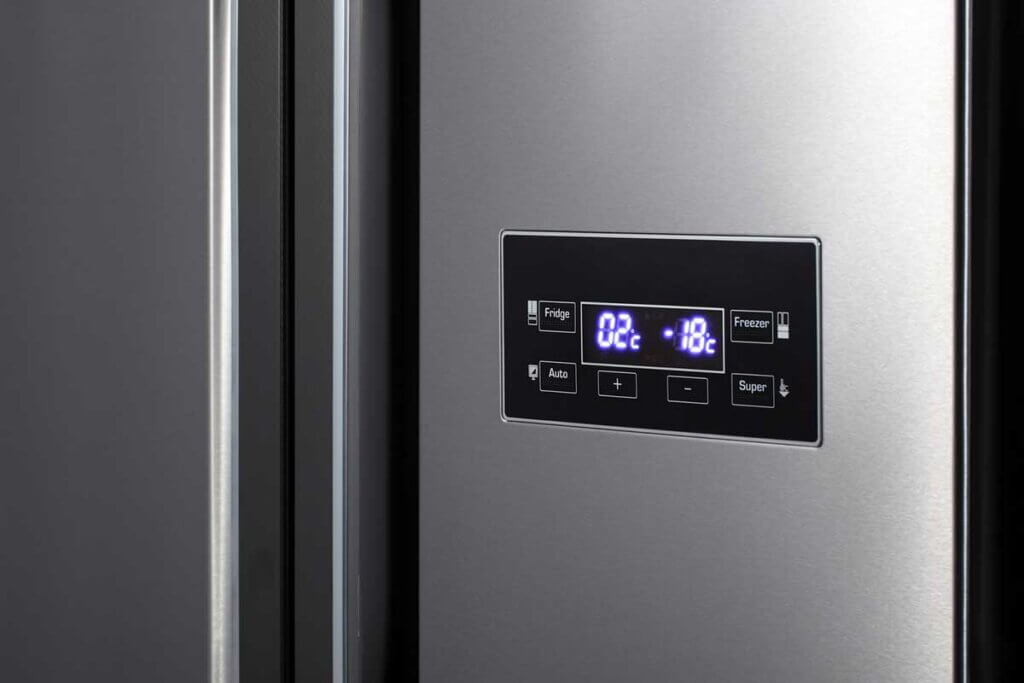
Temperature Selection and Display
The temperature of the freezer can be adjusted with a mechanical regulator. Usually this comes in the form of a setting wheel, but more advanced devices now often have an interactive display where the temperature can be regulated electronically. This higher level of digital control makes it possible to set the temperature with high precision, contributing to a more efficient energy consumption.
Models often come equipped with further display options, like a digital clock, for example, while interactive displays can provide information on how best to store your food. Higher-end devices can also be operated via a smartphone.
The temperature in the freezer is controlled and shown on the display. On models without an interactive display, the temperature can be read from the mechanical temperature display. This display function can be found either on the inside or the outside of the device. External controls are generally considered more user friendly as the temperature can be regulated without having to open the door.
A warning sign should show up on the display if the necessary cooling temperature is exceeded or another fault has occurred. The warning system is usually only visual, but some models come with a practical warning alarm. Some devices use a kind of traffic light system: green stands for “everything is okay”, yellow for “quick freeze”, and red for “attention”, or “warning”.
In addition to being able to set the desired temperature, freezers should also offer a quick freeze function. Sometimes this option can also be found under the name “SuperFrost”. This function can be turned on separately to help freeze things in larger quantities. Usually, it’s capable of switching itself off again.
Automatic Defrost and the NoFrost Function
These two terms have a lot in common, but they don’t necessarily describe the same thing. The aim remains the same, namely, to prevent (or at least reduce) layers of ice from building up in the freezer. There are, however, significant differences in the way they work.
Many modern freezers are able to defrost themselves automatically, but the production of the components necessary for defrosting is complex and expensive. The price of freezers able to automatically defrost increases accordingly. Defrosting works through heating rods that are integrated into the device that switch on at regular intervals. This successfully prevents the formation of frost and ice in the freezer.

The energy consumption of devices with automatic defrosting is higher. However, since thick layers of ice are prevented from forming (which in turn causes higher power consumption), the energy balance turns out favourably when comparedto devices without automatic defrosting. Automatic defrosting also makes the cleaning process a lot simpler, as annoying defrosting is no longer necessary. Cleaning the interior and the drawers also takes much less time.
By contrast, NoFrost technology makes use of fans, which distribute air evenly throughout the interior while removing moisture from the air. As with automatic defrosting, the energy balance of models with NoFrost technology is higher at first glance. This shouldn’t discourage buyers from NoFrost technology when the reduction of ice inside the freezer and extra ease of cleaning is taken into account.
The usefulness of both technologies lies in the fact that they eliminate the need for time-consuming defrosting. This is also useful when the freezer is located in a warm room. Although this is not recommendable, sometimes it can’t be avoided. Devices without the NoFrost function or automatic defrosting need to be defrosted at least once a year, if not more often if they are in a warm room. With this in mind, automatic defrosting technology can be a real time saver. Thick layers of built-up ice disrupt the freezer’s ability to work normally and, as a result, the device can end up consuming more electricity. Large ice build ups can even be unhygienic.
Tips for Fast and Effective Defrosting
If the freezer does not have a NoFrost function or automatic defrosting, it should regularly be cleared of ice buildup. Layers of frost and ice should not be more than a few millimeters thick otherwise the device will no longer cool down properly and its energy consumption will increase.
- Prepare cool boxes with cooling batteries to store frozen food. Food can also be stored outside if the temperature allows for it.
- Unplug the freezer from its power supply before defrosting.
- Empty the device completely.
- If you have enough time, wait until the built-up ice melts.
- To speed up this process, place bowls of hot water in the freezer.
- Do not use a hair dryer or any other heating device.
- Prepare containers to catch dripping water. Use towels or other absorbent materials.
- Do not scratch at the ice with hard objects, instead wait until it melts by itself.
- When all the ice has been removed, wipe the device once over with vinegar water.
- Make sure the inside of the freezer is completely dry.
- Clean the door seals.
- Put the device back in place and reconnect it to the power supply.
Freezer Compartments
Freezers are generally the same temperature throughout, with the occasional exception of the “quick freezer”, which is not available in all models. In this special compartment, which can also be a drawer, the temperature is lower and can be controlled via the display. If your freezer comes without a quick freezer, you can also use the SuperFrost button to lower the temperature of the whole freezer.
Most freezer interiors are divided into shelves and drawers, although some units have no drawers at all. However, this is only advisable for fridge freezers with a small freezer compartment. For freezers with a larger capacity, removable drawers or baskets are generally a popular option. They look neater and are quicker to load and unload.
Drawers are usually made of sturdy white or transparent plastic. Some integrated, pull-out baskets may be made of metal, possibly with a plastic coating. The drawers move laterally on guide rails or rollers with metal shelves underneath. It’s often useful to have at least one removable shelf to help store taller goods. Models that offer particularly deep drawers (so-called “big boxes”) or have adjustable interior divisions are also very good.
Lighting in the Freezer
While there is always a light source in the fridge, lighting in the freezer counts as an added extra. LED lighting is, however, a logical option, especially if the freezer is in a dark pantry or in the basement. Freezer lighting can help you to find what you’re looking for as quickly as possible.
Additional Accessories and Interesting Functions
Some freezers come equipped with an ice cube maker, for which a connection to fresh water is needed. As well as ice cubes, this feature also provides crushed ice and ice water. Ice cubes can always be made the old-fashioned way by filling an ice cube container with water and letting it freeze.
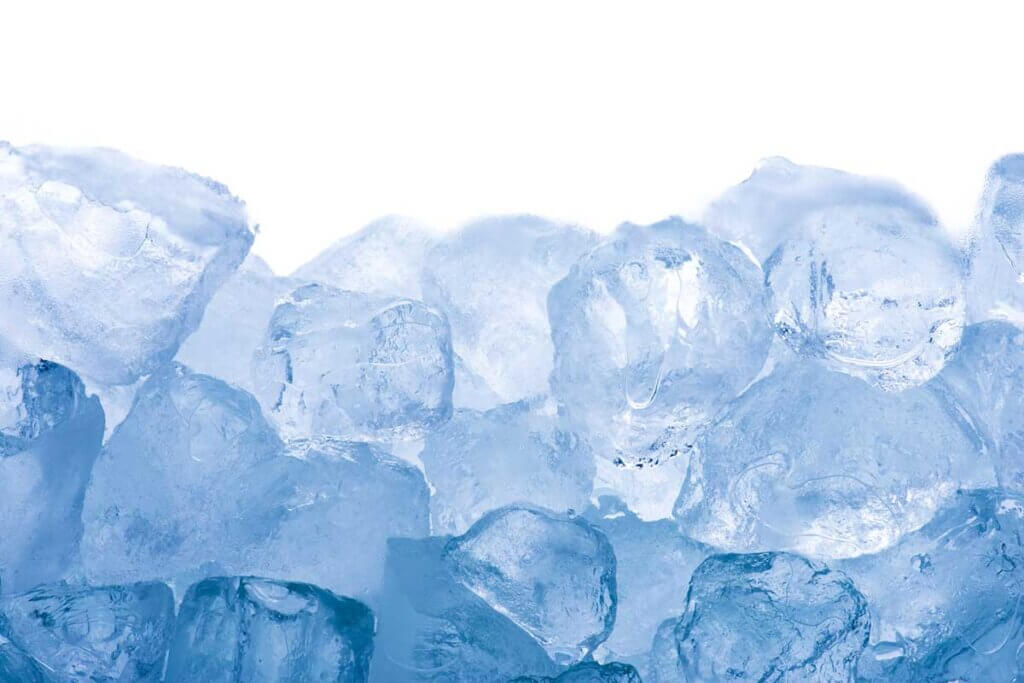
Anyone who opts for a stainless-steel freezer is well advised to invest in an anti-fingerprint optional extra. The surface is designed in such a way that fingerprints don’t leave any traces.
Some brands offer the ability to switch the side of the door hinge. The hinges can be installed on the left or right depending on the space in the kitchen or your personal preference.
A warning alarm is also a very useful feature in the eventuality that the door remains open too long and the temperature of the interior rises.
Star Rating
The star or ice-crystal symbols that can be found on the freezer compartment of the fridge or freezer provide information about the freezer’s temperature and storage capabilities.
No Stars
If there are no stars, then the temperature is between 3°C to 4°C. The storage time for frozen food is one to two days.
One Star
For one star, the temperature ranges from -6°C to -12°C. Frozen food can be stored for about one to three days.
Two Stars
Two stars stand for a temperature of -12°C to -18°C.
Three Stars
Three stars mean a temperature of -18°C. That is cold enough to freeze small amounts of food without loss of quality for between two to six months.
Four Stars
Four stars is the norm for freezers. The temperature remains constantly below -18°C and food can be stored for a maximum of one year.
Star Rating Overview
| Number of Stars/ Ice Crystals | Temperature | Storage Time for Frozen Foods |
| 0 | 3°C to 4°C | 1 to 2 days |
| * | -6°C to -12°C | 1 to 3 days |
| ** | -12°C to -18°C | 3 to 14 days |
| *** | -18°C | 2 to 6 months |
| **** | -18°C | Up to 12 months |
What to Watch out for When Buying a Freezer
In order to find the right freezer, factors such as energy efficiency class, annual energy consumption, usable and total capacity need to be considered. Requirements such as weight and size also play a role.
Energy Efficiency Class
Every freezer that enters the market is assigned a so-called “energy efficiency class”. The classification generally ranges from A +++ to D. A +++ is the most efficient class, while D is the least.
Be aware: according to the European Ecodesign Regulation, starting July 2012, only freezers that belong to the three best energy efficiency classes, A +++, A ++, and A + are allowed to enter the market. The energy saving between A +++ and A + is significant. With A +++ the consumption is 50% lower than with an A + device.
Class A +++ boasts significant advantages. The improved energy efficiency helps to protect the environment whilst also offering significant cost reductions. When buying a new freezer, it is definitely worth choosing a model with the best available energy efficiency class. The device’s lifespan is also worth considering. A freezer is in constant use, day and night. Unlike with other appliances like dryers, where your use is sporadic, freezers are always on. You can have a small influence on a freezer’s energy consumption through its placement, the outside temperature, and the extent to which you fill it. Nevertheless, these factors pale in comparison to technologies which promote low energy consumption in the first place.
The Energy Label
The energy label has been mandatory for most household appliances in the EU since 2010. It is designed to be language non-specific and explains the most important information with simple colors and symbols. The energy label contains information about the following:
- Energy efficiency class
- Energy consumption
- Storage volume(s)
- Whether or not it has a freezer compartment
- Noise emissions
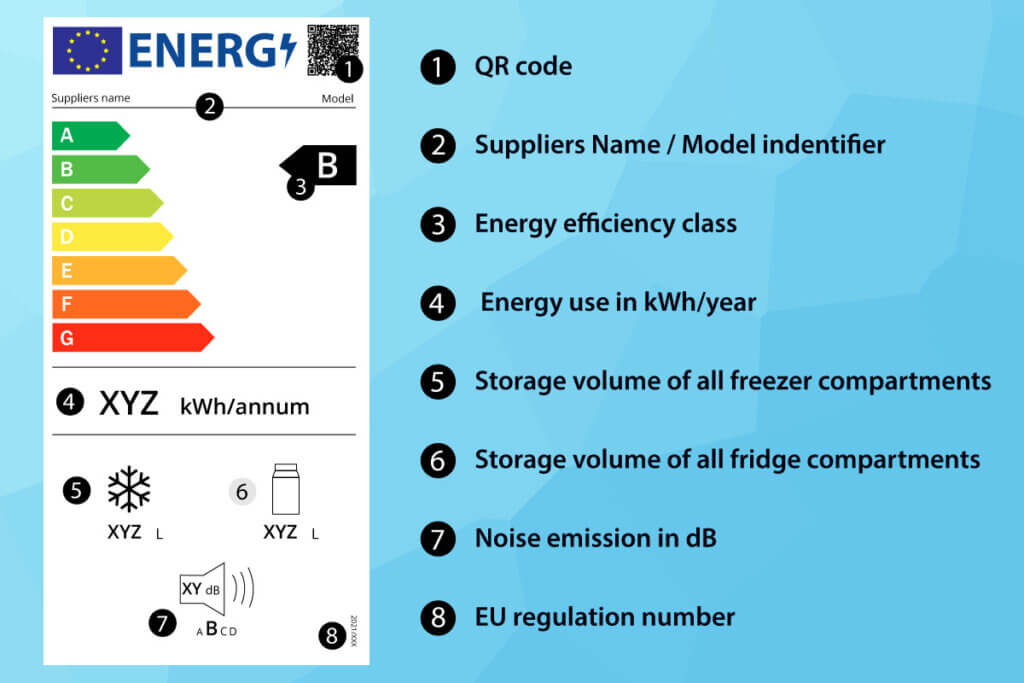
Annual Energy Consumption
How much energy does a freezer use per year? A comparison can help to make sense of this point. Let’s take a free-standing device with a net capacity of 200 liters as an example. For the energy efficiency class A +, the annual consumption is 280 kW-h; for class A ++ 210 kW-h. The difference is most significant with the energy efficiency class A +++, where the annual energy consumption is only 150 kW-h. If you already know the costs from your energy provider, you can accurately determine the annual running costs.
Tips for Saving Energy
There is a lot you can do yourself to help keep energy costs down. Although the individual savings per use may only add up to a few cents, it definitely pays to follow energy saving tips in the long run. A device with the energy efficiency class A +++ is obviously ideal for this. The price differential at the point of purchase is quickly recovered through saved energy costs. Why would you buy a device that is technologically outdated? Besides choosing the best energy efficiency class, we’ve listed a few more useful energy-saving tricks below:
- Choose a location with a moderate ambient temperature.
- Check the temperature regularly and adjust if necessary.
- Never put hot food or drinks in the freezer.
- Only open the door briefly.
- Full freezers use less electricity.
- Fill empty spaces in the freezer with polystyrene foam cubes.
- Freezers with ice build ups use more electricity.
- Regularly defrost your device (if you don’t have automatic defrosting or NoFrost).
Usable and Total Capacity
How much can fit in my freezer? The usable volume and capacity of a freezer are expressed in liters. The appropriate capacity depends on the size of the household. In terms of energy consumption, it should be noted that full freezers use less energy. It is therefore advisable not to choose a freezer that is too large or too small, but one that is appropriate regarding your actual needs.
As a rule of thumb, those who only need to store a small amount of food can get by with 50 to 80 liters per person. For more intensive storage, 100 to 130 liters per person are advisable. Of course, the required space is based on personal circumstance. Those who wish to freeze the harvest from their own garden would need considerably more space than someone who only wants to store a few emergency supplies.
Measurements and Weight
Base size varies from 50 to 70 cm in width and is around 60 cm in depth, while heights differ. Under countertop appliances are up to 90 cm in height. Free-standing and tall, built-in devices can reach up to 200 cm in height. It’s important that, whatever the size, the freezer content should still be easily accessible.
Noise Emissions
Noise emissions are expressed in decibels (dB). They usually fall between 36 and 42 dB. The noise levels are more important for free-standing freezers than for built-in appliances, especially if the appliance is located in an open kitchen.
Climate Class: Why Is It Important?
One or more climate classes are specified on the device or label. Climate classes describe the temperature range of the environment in which the device runs optimally. The best environment for freezers matches the climate class to the ambient temperature. This is the only way to ensure that the storage temperature is kept constant.
A distinction is made between the following climate classes:
| Abbreviation | Climate Class | Location’s Ambient Temperature |
| SN | Subnormal class | 10°C to 32°C |
| N | Normal class | 16°C to 32°C |
| ST | Subtropical class | 16°C to 38°C |
| T | Tropical class | 16°C to 43°C |
Buying Overview
All this information should help to make your buying decision easier. This does not diminish the fact that there is a lot of data and information to consider. Composing a checklist will help with your ability to compare and choose the right freezer. Whether you end up seeking advice in a specialist shop or buying on the internet, the following list contains the essential points to remember when making an informed purchase:
- Dimensions and space requirements
- Total and usable capacity
- Energy efficiency class
- Annual energy consumption
- Control options: temperature regulation, display
- Automatic defrost or NoFrost technology
- Interior
- Noise emissions
- Warning alarm
Tips for Using the Freezer
To make sure that your freezer works at its best, correctly locating it is just as important as proper use and careful maintenance.
Appropriate Placement for the Freezer
Modern freezers have good insulation. In theory, they can be set up in almost any room. That said, rooms with a cool temperature that do not overheat are ideal. Freezers are usually placed in the kitchen, pantry, storage room, or basement. In these rooms, the conditions and temperatures are usually ideal for a freezer.
If the freezer is located in the kitchen or is integrated into a built-in kitchen, it should not be placed directly next to the stove. A certain distance to the radiator is also advisable. Watch out also if there is a wood-burning stove or open fireplace nearby. This is no risk to the device itself, but the high ambient temperature can lead to higher energy consumption.
Air behind the device must also be able to circulate. A distance of 15 cm between the device and the wall is to be advised. This distance should also be maintained for built-in devices. Alternatively, some freezers have ventilation slots that are located in the lower cover panel.
The door’s hinge is important for day-to-day use. It can be changed in devices from high-quality brands. Forbuilt-in devices, this can be especially useful as a door opening on the wrong side is very inconvenient. Easy access should be the priority. Another advantage of the hinge being correctly positioned is that the door can be closed again as quickly as possible. This prevents too much warm air from flowing into the interior of the device during loading and unloading.
Transporting a Freezer
Freezers should be transported upright. Transporting a freezer on its side or at an angle has a negative effect on the coolant. If the transport or delivery is carried out by a delivery service, the employees are likely to be aware of this. The device must also be secured in the vehicle. The same instructions go for private transport. New devices are usually packed properly. When transporting second-hand devices, it’s good to make sure that the door cannot open. You can do this by tying it or securing it with duct tape.
Once transported to its destination, the freezer should stand for an hour or two before being switched on. This precautionary measure ensures that the coolant is redistributed correctly within the device. Only then should the freezer be switched on.
Maintaining the Freezer
Devices without automatic defrosting or a NoFrost function should be defrosted regularly. This rule applies to all models as regular cleaning of the freezer’s interior is important for hygiene reasons. During cleaning and/or defrosting, you should keep an eye on the door seals and the freezer interior. The seals also require cleaning while damaged baskets and drawers should be replaced.
Be Aware
If the freezer shows signs of damage on the inside, do not repair it yourself. Instead, contact customer service!
How to Freeze Food Properly
The purpose of a freezer is to freeze food and store it for long periods of time at low temperatures. For this, the temperature should continually be below -18°C. The temperature in each of the drawers, baskets, or levels of the freezer is usually the same. The only exception is a SuperFrost compartment which has an even lower temperature, suitable for quick freezing. Temperatures in this compartment can reach -25°C or lower.
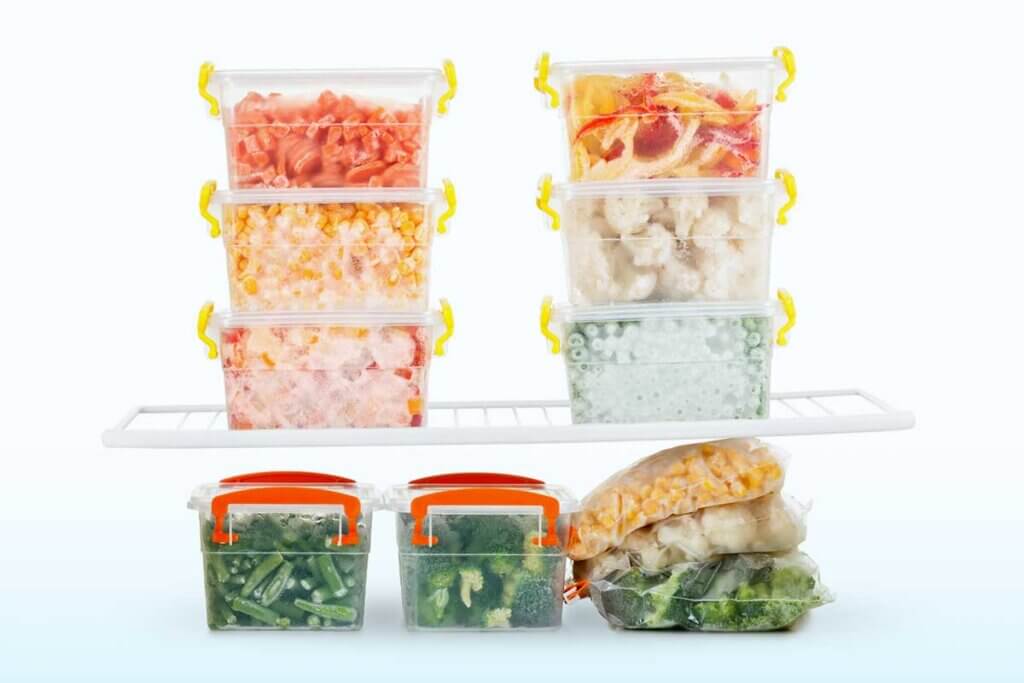
Temperature Control
Modern devices have an integrated thermometer. The temperature can either be read directly on the thermometer or on a display, from which it can also be controlled. If this option is missing, for example in inexpensive devices with more rudimentary equipment, a separate thermometer can provide a temperature overview. Most retailers offer this option.
Keeping the Freezer Tidy
What goes in which compartment? While fridges have different cooling zones, freezers are more consistent in their temperatures. Since the temperatures are the same across the board, it’s important to work out a clear storage system.
The Shelf Life of Goods in the Freezer
To ensure the longest possible shelf life, food should be packaged in the correct way. The packaging should be airtight and there should be as little air as possible inside. This is the most effective way to avoid the following issues:
- Changes in taste
- Transmission of smells
- Loss of vitamins
- Freezer-burned meat
Tupperware with a fitting lid and freezer bags with matching clips are particularly handy. Aluminum foil is also suitable. If you freeze a lot of food, you should investigate acquiring a vacuum sealer. This allows food to be packaged airtight, safely and without air pockets. Freezer boxes made of stainless steel are an alternative to plastic. Fans of recycling can also freeze food in wide, screw-top jars. Liquids, soups and similar foods expand when frozen, meaning that screw-top jars shouldn’t be filled to the brim.
Leftovers or larger quantities of food cooked to be stored can be treated differently. These foods have to cool down completely before they can be put in the freezer. If this is not done, the temperature in the device will rise, meaning that it will take longer to freeze. Ready-made frozen foods should be left in their original packaging.
If you have a device with a SuperFrost button, switch the function on before beginning the freezing process. This ensures that the temperature in the freezer is already low in preparation, essentially accelerating the freezing process. Food tastes better after a shortened freezing time.
Labeling, Arranging, and Finding Frozen Goods
Even if you are in a rush, cans and bags should always be labeled. The content and the date of freezing are important. You can keep track of everything with a list of all frozen food items.
To maintain an overview, certain drawers should be reserved for certain foods. For example, you can store all baked goods in one drawer and all vegetables in another. Fish and meat should also have their own storage space, as should ice cream or fruit. Ready-made and pre-cooked meals should also be neatly stored in their own drawer. The foods that are removed most frequently go into the drawer that is easiest to reach.
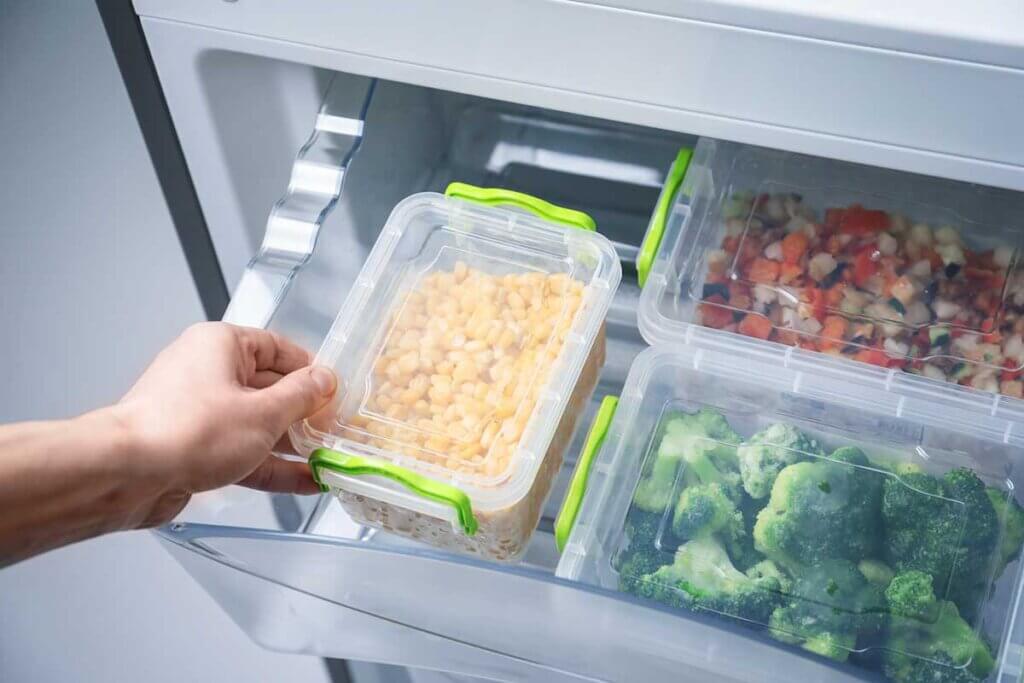
The door should be opened as briefly as possible every time you use the freezer. The more carefully you adhere to the same principles of organization, the faster things can be added or removed in the future. Some freezer models have symbols for each food group on the drawer. You can mark what is in which drawer with a special pen.
How Long Will Frozen Food Last in the Freezer
Bread can be stored for between one and three months. Dry cake can last just as long. The higher the fat content, the more the taste will suffer. This also applies to cakes with cream or cream fillings.
Fruit can be stored in the freezer for up to twelve months. Vegetables can also be stored for anything from six months to a year. This relates to purchased frozen food, as well as raw fruit and vegetables from your own garden. If you boil vegetables very briefly before freezing, they will keep their color and vitamins.
The shelf life for meat and fish can be anything between three and twelve months. Good packaging is paramount. The fat content also plays a role. The more fat that meat, sausage, fish, dairy products, and baked goods contain, the shorter the recommended storage time.
Leftovers from your own kitchen can be stored for different lengths of time depending on the food type and fat content. It’s advisable, however, to eat them as soon as possible. This ensures that the taste won’t be affected, or that you forget about the food and have to throw it away.
After defrosting, all food must be prepared quickly. Any food that has been frozen before shouldn’t be refrozen without further preparation.
An overview of recommended storage times in the freezer is provided below:
| Goods | Recommended Storage Time |
| Baked goods | 1 to 3 months |
| Fruit and vegetables | 6 to 12 months |
| Meat and fish | 3 to 12 months |
| Sausage | 3 to 12 months |
| Cheese | 2 to 6 months |
| Meal-prep | 1 to 3 months |
Disposing of Your Old Device
When a freezer is no longer wanted and about to be replaced, the old one must be disposed of properly. Because of the coolant they contain, freezers and chest freezers are classified as hazardous waste. There are several options for their disposal.
If the device is still fully functional, it can be put up for sale or given away. Of course, a new device will always be more energy efficient. However, lots of people are often happy to get an old device for free or for very little money.
If you buy a new freezer, many retailers offer the option of taking away your old device and disposing of it. This service is sometimes free of charge. This also applies to online retailers. They also offer taking the old device and disposing of it properly.
If you want to take care of the disposal yourself, it is best to check local regulations. In some cities local councils will come to pick up unwanted freezers for free. Alternatively, you can find the nearest recycling center with a simple internet search or in the yellow pages.

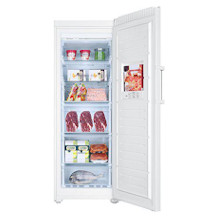
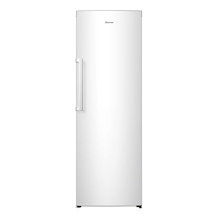
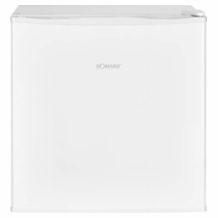
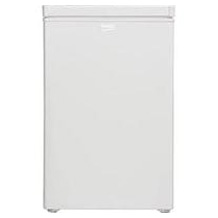

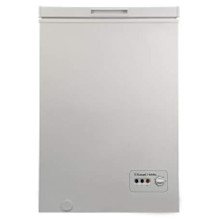
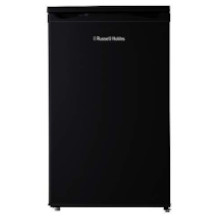
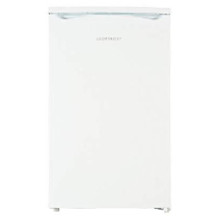

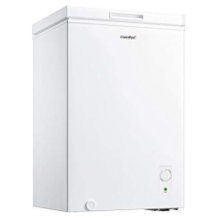
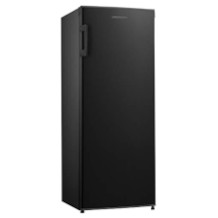
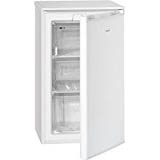
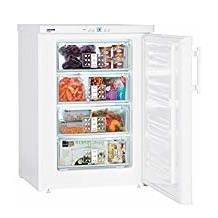
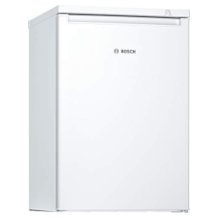

 820 reviews
820 reviews
